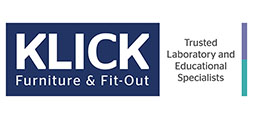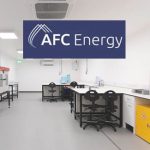29 Apr Laboratory Design – Cutting-Edge Details for Innovation
A laboratory design that truly supports scientific progress requires much more than just aesthetic appeal.
Every detail—from ergonomic layout to specialist equipment—plays a crucial role in improving workflow, enhancing safety and ensuring long-term adaptability. At Klick, we understand that the key to high-performance laboratories lies in thoughtful, technical design.
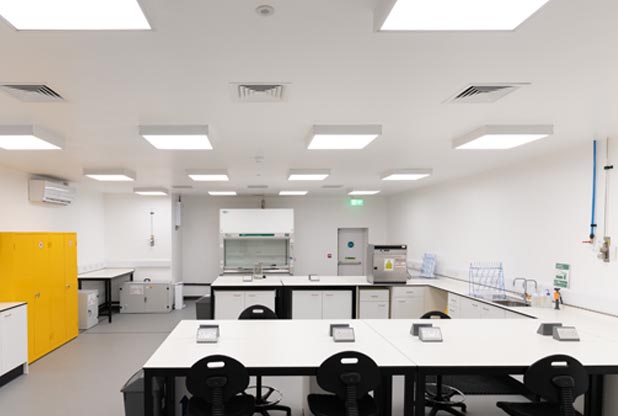
Why Innovation in Lab Design Matters for Scientists
Modern laboratories are dynamic environments. As the pace of scientific discovery accelerates, so too does the need for adaptable and efficient workspaces.
Integrating cutting-edge innovations into your design can have the following benefits:
- Improving workflow efficiency
- Enhancing user comfort and safety
- Supporting compliance with regulations
- Future-proofing your facility for evolving research demands
Laboratory Ergonomics and Attention to Design Details
Ergonomic design significantly contributes to staff well-being and productivity. The finer details of lab design—such as lighting, material finishes and access to utilities—directly affect how a lab functions daily. Investing in tailored, user-centric solutions ensures your lab is not only functional today but ready for tomorrow’s challenges.
At Klick, we work closely with facilities managers, scientists and educators to create custom lab environments that support specific needs across commercial and educational settings.
Examples of Technical Laboratory Design Features
The following innovative features have been installed on recent projects and can contribute to transforming your space:
- Local extraction arms: Positioned at individual workstations to prevent contamination.
- Ceiling-mounted monitor arms: Free up bench space and streamline data entry.
- Pull-out keyboards: Installed under workbenches to maximise usable workspace.
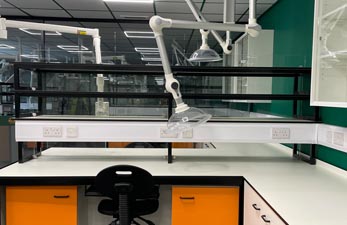
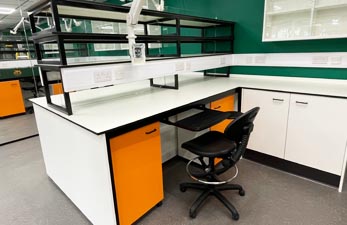
- Bespoke reagent shelving system: Designed for ease of access to frequently used items. Optional integrated glass partitions can be fitted to separate samples and maximise natural light.
- Roller racking: Enables systematic storage of materials and can be enclosed with glass partitions to contain any strong odours.
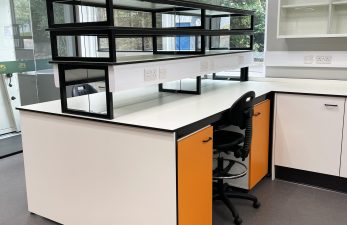
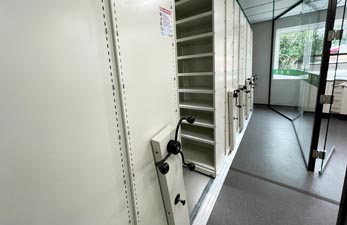
- Easily accessible data points: Simplifies reorganisation of work areas and connection of lab equipment.
- Mobile workstations with daisy-chained electrical supply: Offer a flexible, reconfigurable lab setup.
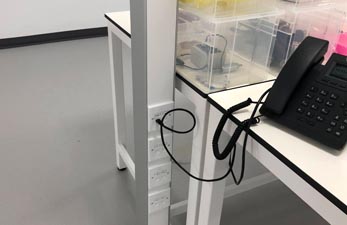
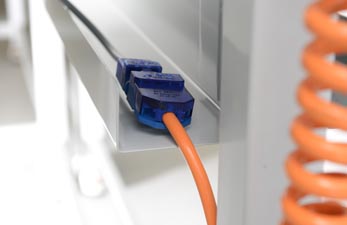
- Fob entry systems: Control access to lab areas, improving security and managing lab usage.
- Sensor taps: Improve hygiene and reduce water consumption, ideal for busy lab environments.
Case Study Design Features – AFC Energy Technical Labs
Klick designed AFC’s hydrogen fuel cell laboratory facility with technical design details including a fob entry system, specialist gases, sensor taps and pressurised labs with an HVAC system to provide an optimum working environment.
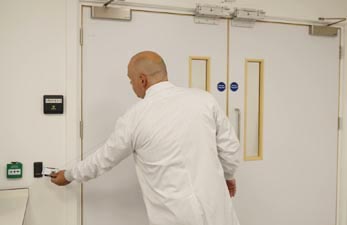
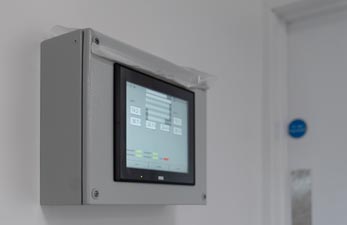
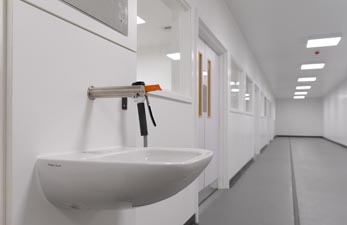
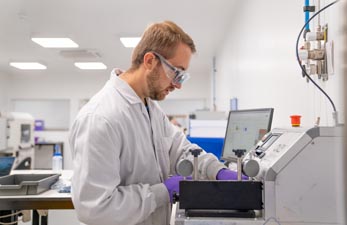
Testimonial
“Having used the labs for a few months our technical team are impressed with the functionality and delighted to be working in an environment that ideally suits their needs. We have already benefited from built in flexibility and have reconfigured the lab layout with minimal disruption. This has allowed us to evolve our processes to adapt to the fast-paced environment of hydrogen fuel cell development.”
Dan Hamilton, Manager – Failure Analysis, Characterisation, Testing and Simulation, AFC Energy PLC
Why Partner with Klick?
With over 40 years of experience, Klick delivers expertly crafted laboratory environments with attention to every technical and functional detail. From concept to installation, we bring innovation, practicality and long-term value to your lab.
Ready to upgrade your lab? Contact us today to discuss your lab design project or explore our recent case studies for inspiration.
